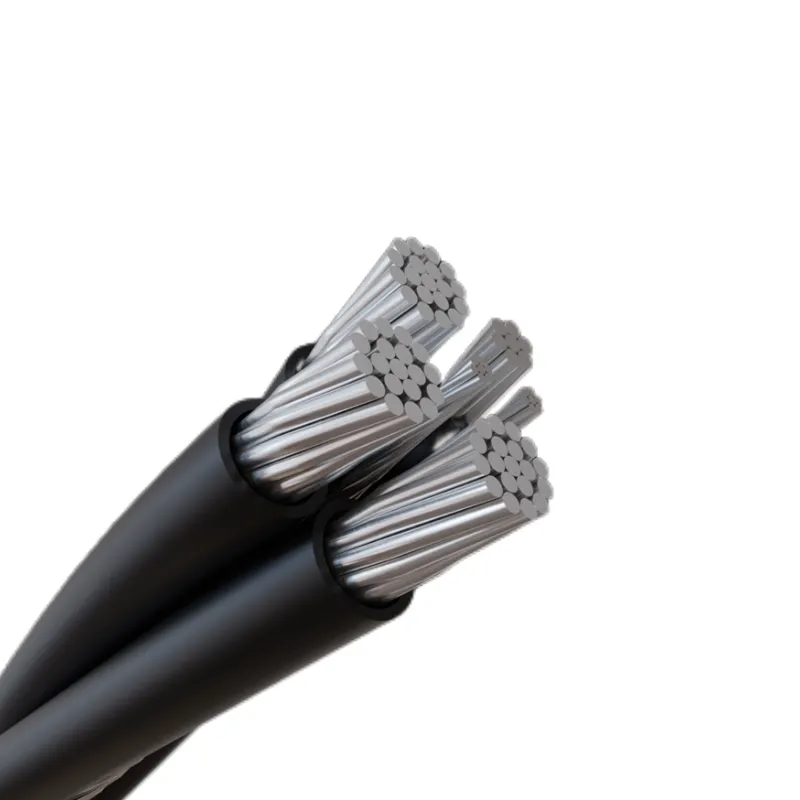Installation Guide for Overhead Insulated Cables
Table of Contents
- 1. Introduction
- 2. Site Preparation
- 3. Material Selection
- 4. Step-by-Step Installation
- 5. Safety Guidelines
- 6. Common Issues & Solutions
- 7. Conclusion
1. Introduction
Overhead insulated cables are widely used for low and medium voltage power distribution in urban and rural areas. They offer enhanced safety and lower maintenance compared to bare conductors. This guide outlines the essential steps and precautions for successful installation.

2. Site Preparation
- Conduct a topographical survey to determine pole locations and span lengths.
- Clear the route of any obstacles like trees, buildings, or old installations.
- Mark underground utilities to avoid interference during pole erection.
3. Material Selection
Choose cables and accessories that meet IEC, ASTM, or local standards. Refer to the table below for a typical example:
| Component | Description |
|---|---|
| Insulated Cable | XLPE-insulated aluminum core cable, rated 0.6/1kV or higher |
| Poles | Steel or concrete, designed to withstand mechanical load |
| Suspension Clamps | Used to attach the cable to the pole at proper tension |
| Dead-end Clamps | Anchors the cable at endpoints and corners |
4. Step-by-Step Installation
- Pole Installation: Install poles at the designated points and align them vertically.
- Stringing the Cable: Unroll the cable using drum stands and string it through pulleys between poles.
- Tensioning: Apply mechanical tension as specified by the manufacturer to prevent sagging or breakage.
- Clamping: Use suspension or dead-end clamps to secure cables on the poles.
- Earthing and Connections: Ground the neutral or metallic parts and connect the ends to transformers or distribution boards.
- Inspection: Perform a final visual and electrical inspection before energizing the line.
5. Safety Guidelines
- Only trained and authorized personnel should carry out the installation.
- De-energize all power sources in the area before work begins.
- Wear PPE such as insulated gloves, helmets, and harnesses when working at height.
- Maintain a minimum clearance between live cables and nearby structures.
6. Common Issues & Solutions
| Issue | Possible Cause | Solution |
|---|---|---|
| Excessive Sag | Improper tensioning or long spans | Recalculate span or increase tension carefully |
| Damaged Insulation | Friction during stringing | Use protective rollers and slow, controlled pull |
| Pole Leaning | Weak foundation or incorrect installation | Reinstall pole with proper concrete base and bracing |
7. Conclusion
Proper planning and execution are key to a safe and efficient overhead insulated cable installation. Adhering to technical standards and safety measures ensures long-term reliability and performance of the power distribution system.
Source: JianYunCable.
Comments
Post a Comment